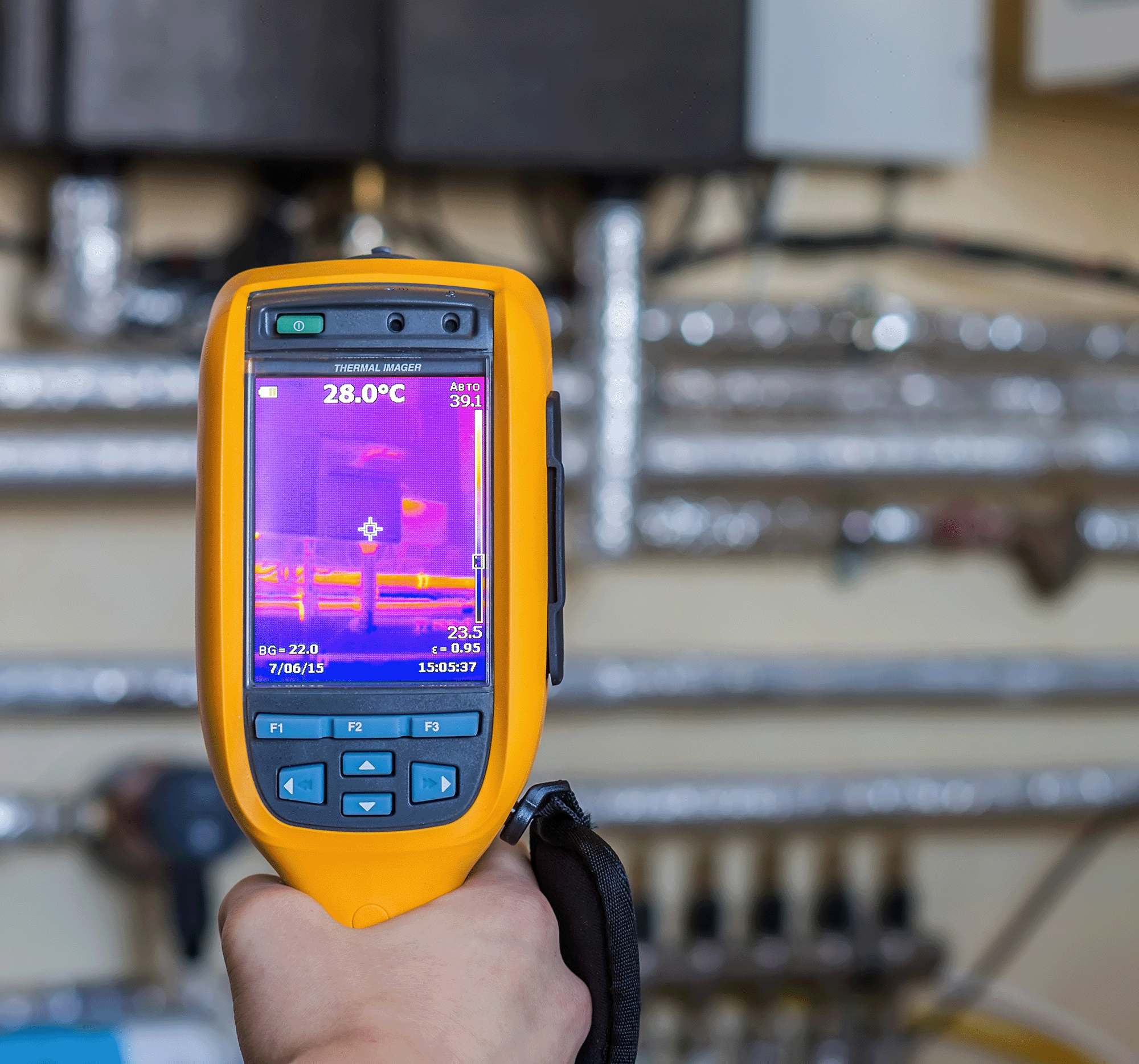Today’s Advancing Home Inspection Technology
March 8th 2022
If you’re looking for a true indication of what’s happening with today’s housing market, wondering whether the home sales business is heating up or slowing down, some of the best people to ask are your working home inspectors. These are people who have the inside track on what’s going on in the industry day in and day out, who maintain a broad view of the market, and can remain objective since they have no stake in whether or not a home sells or at what price.
As a home inspector, you’re in a business that’s seen significant advancements in inspection technology in the past couple of decades. If you’re a seasoned home inspection professional, having come up through the industry before the advent of smartphones and personal computers, your main tools of the trade were likely a pencil and paper on a clipboard, a camera, a flashlight, and a tape measure.
The primary purposes of insurance company home inspections have basically remained the same: establish an accurate replacement value for the property being inspected and uncover any potential risks that could be the cause of any future insurance claims. The means for achieving these purposes have, however, been advanced significantly, making them more accurate, less tedious, safer, and more comprehensive.
Besides home inspections ordered by and conducted for insurance companies, inspections may also be ordered by and conducted for potential home buyers. These inspections are basically looking at the same items within a home as the insurance inspections but more with an eye toward homeownership rather than potential insurance risks.
Home Inspections Back in the Day
Forty years ago, when home inspections were first making their ways known in the real estate industry, they were touted as a means for potential homeowners to uncover hidden flaws in a home they were considering buying. As a professional home inspector, you had the education and expertise to inform a potential home buyer of reasons why a particular home purchase might not be advisable by informing them of any problems that may be red flags to their purchase. On-site home inspections could be tedious, representing numerous hours of bending, stretching and climbing, investigating and analyzing in dark and dirty basements, crawl spaces and attics as well as on rooftops, in mechanical rooms, and in all of the various nooks and crannies found within a home and on the property.
Things Have Gotten Easier, Quicker, and More Accurate
Modern-day inspection technology has transformed the once long and tedious job of a home inspection into something that can at once be less time-consuming yet more comprehensive, safer, less expensive, and more accurate. Here are some examples:
- What once took hours of detailed note-taking with pencil and paper on a clipboard, later to be transcribed into a hard-copy report, can now be produced in a fraction of the time on the fly while you’re still on the inspection site. With the use of a smartphone or a computer tablet loaded with one of many available inspection reporting applications, a report can be created while still in the process of conducting the inspection. This report can then be sent off while you’re still on the property, including all collected data, photos, and videos as needed. Today’s reporting process is not only more efficient and faster due to advancing technologies, but also more standardized and complete.
- When your client would like to be onsite during an inspection but is unable to be, a smartphone can be used to allow the client to “ride-along” on the inspection tour or be in instant contact when a particular situation arises that requires consultation.
- Detailed roof inspections were often difficult to near impossible to conduct in “the old days” and often were just left out of a home inspection other than noting the basic type and general condition of the roof. Even when a close-up roof inspection could be performed, this could be a dangerous proposition, especially on extremely steeply pitched roofs or during inclement weather. Unmanned aerial vehicles, or drones, have made roof inspections much easier and safer to accomplish without ever having to set foot on a roof. Drones provide several other practical purposes in the home inspection process such as getting a bird’s-eye lay of the land on larger properties. These drone activities are all made possible when combining two items of home inspection technology: unmanned aerial vehicles and high-resolution cameras.
Hidden From View but not Hidden From You
Today’s camera technology makes it possible to view areas in a home and uncover conditions that were heretofore hidden from view to you as an inspector. Hidden hot spots within walls that may signal an electrical problem and a potential fire hazard can be uncovered using an infrared camera that’s able to “see-through” walls to locate these problems. Faulty insulation in walls or ceilings can also be uncovered using this thermal imaging as well as roofing problems that are allowing heat to escape during cold weather or air conditioning to escape during summer.
Four Decades of Development
Formalized home inspections for real estate buying and insurance underwriting purposes have been around for just slightly more than forty years. As newfound technologies have been developed to make the inspection process better, faster, more accurate, and comprehensive, IRS has remained on the cutting edge of these developing technologies and remains an industry leader to this day.
Just as personal computers, wireless internet, and smartphones have altered the completion of the home inspection process, each new technological advancement such as drone use and other remote fact and data gathering processes continue to improve inspection activities and results. Utilizing the services of a leader in the field can help insurance underwriters in creating accurate field inspection reports to help in providing high-quality underwriting services.
-
May 3rd 2022
The All-Important Residential Insurance Inspection
An insurance inspection of a residential property is something that, although not required…
-
May 25th 2022
Claims Adjuster Time Techniques
Claims adjusters work for insurance companies, banks, and other firms to evaluate the…
-
August 17th 2021
Why are catastrophe (CAT) teams an identity and access risk?
While some insurance companies have full-time CAT teams, others use a variety of…


